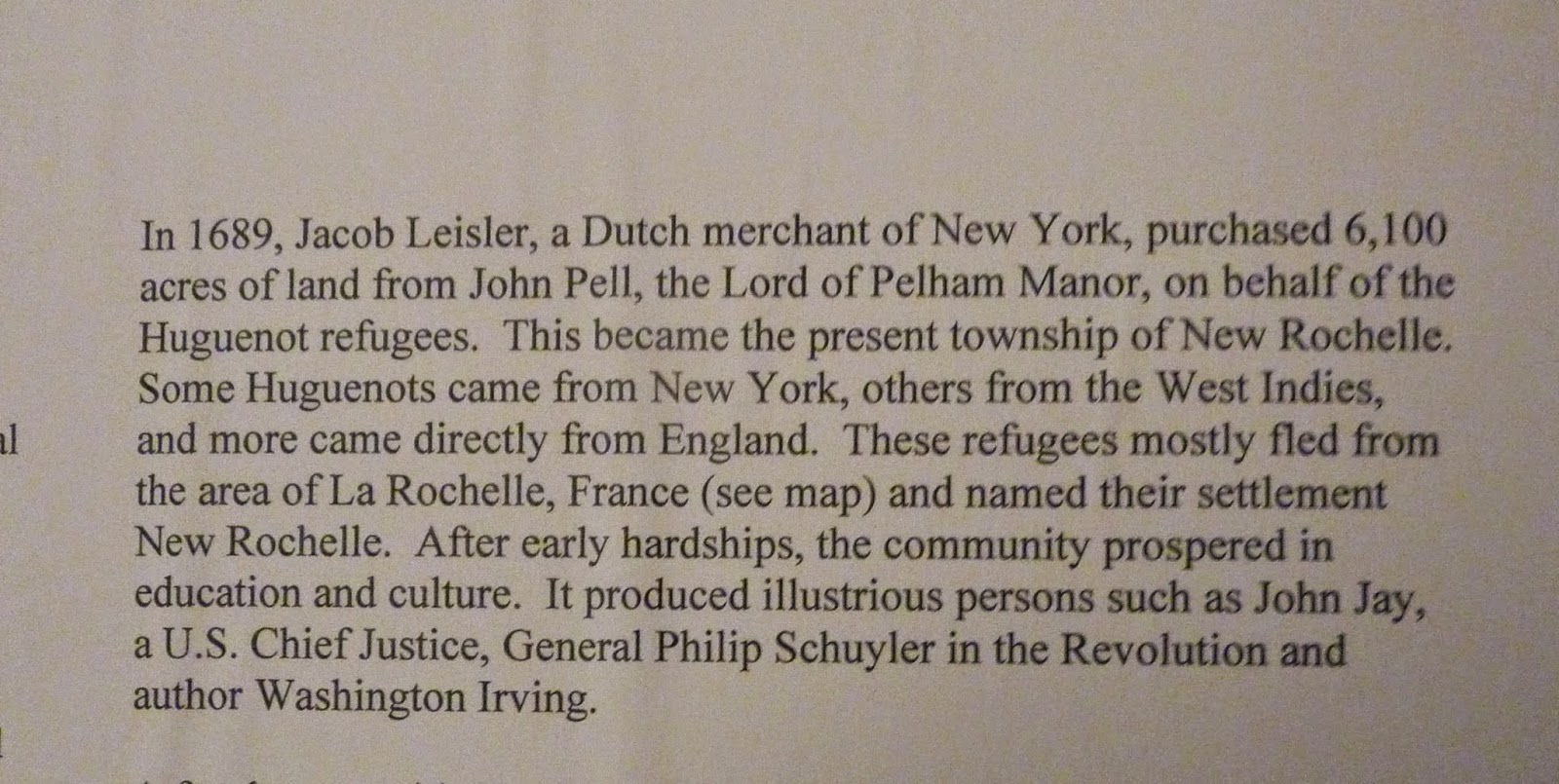After a week in Hingham we headed off for a week in the New York Metropolitan area, although never into Manhattan itself, although we were able to pick out the city's newest high rise tower looking across the Meadowlands from the New Jersey Turnpike. It's very tall. On our way to New Jersey to spend the night with friends, we stopped in Greenwich, Connecticut to visit the Bush Holley House Museum. Built by a wealthy farmer, the house dates back to the 1790s, but in the 19th century, it became a boarding house, and by the 1890s it was a favourite spot to escape the city for a group of painters interested in the Impressionist style of European artists. The Cos Cob painters, as they were called collectively, included Childe Hassam, John Twachtman, and Elmer MacRae, who married the Holley's daughter and became landlord of the boarding house.
|


























